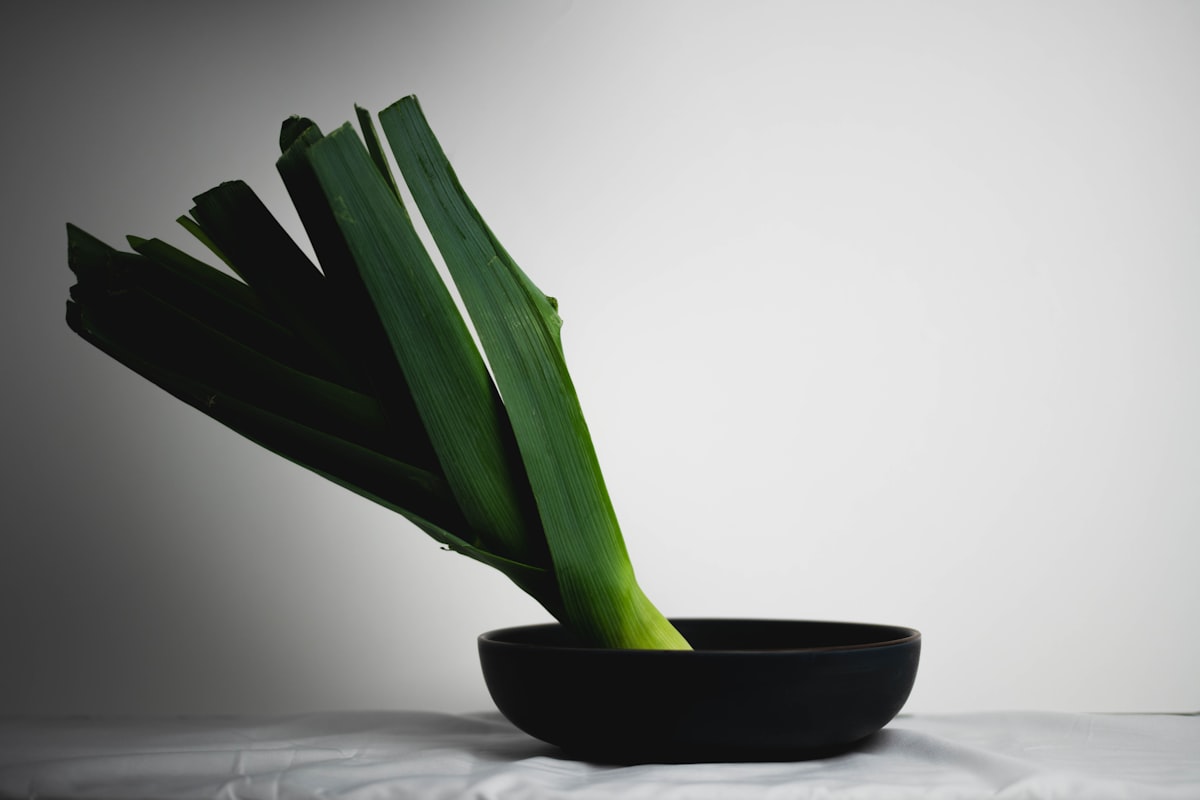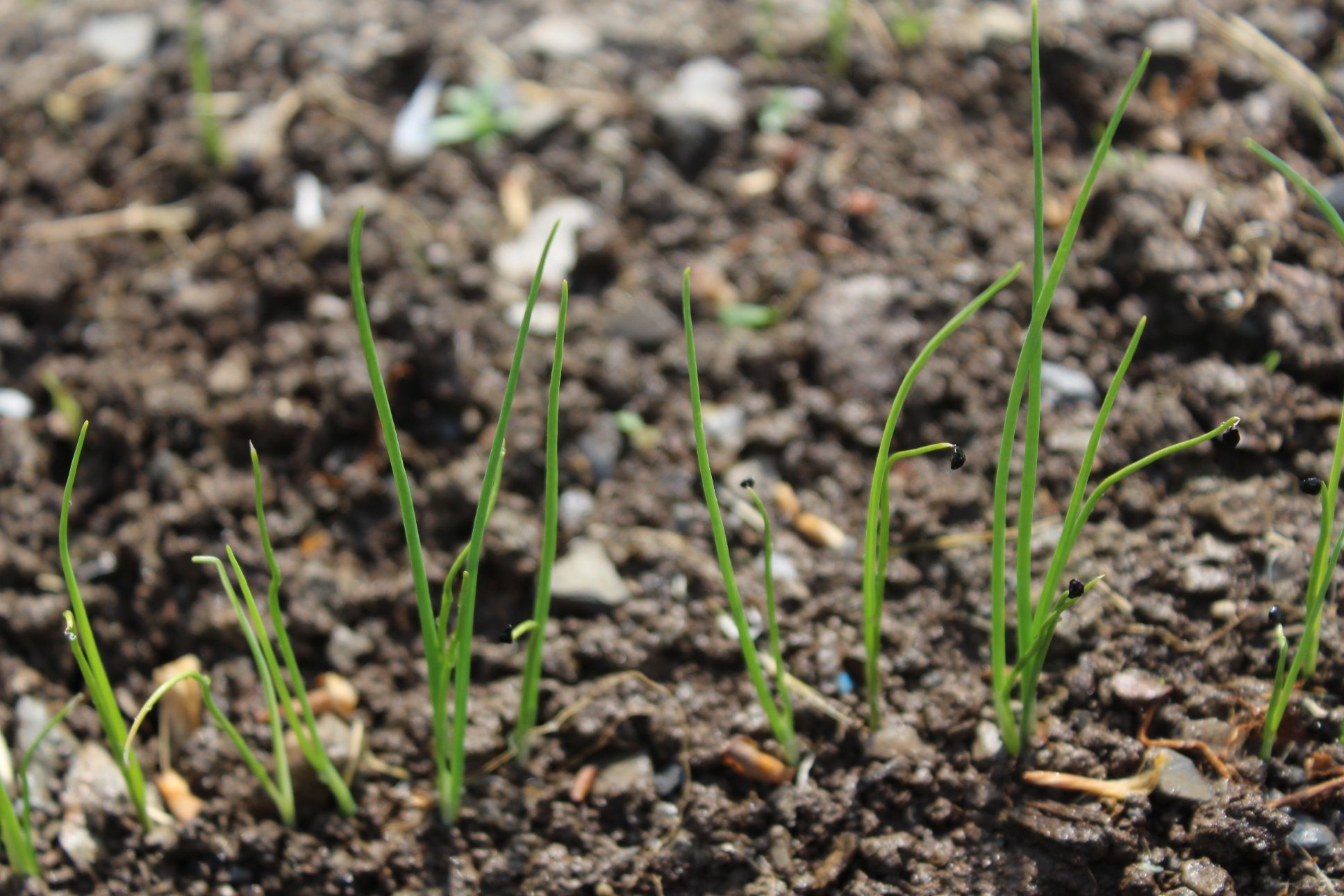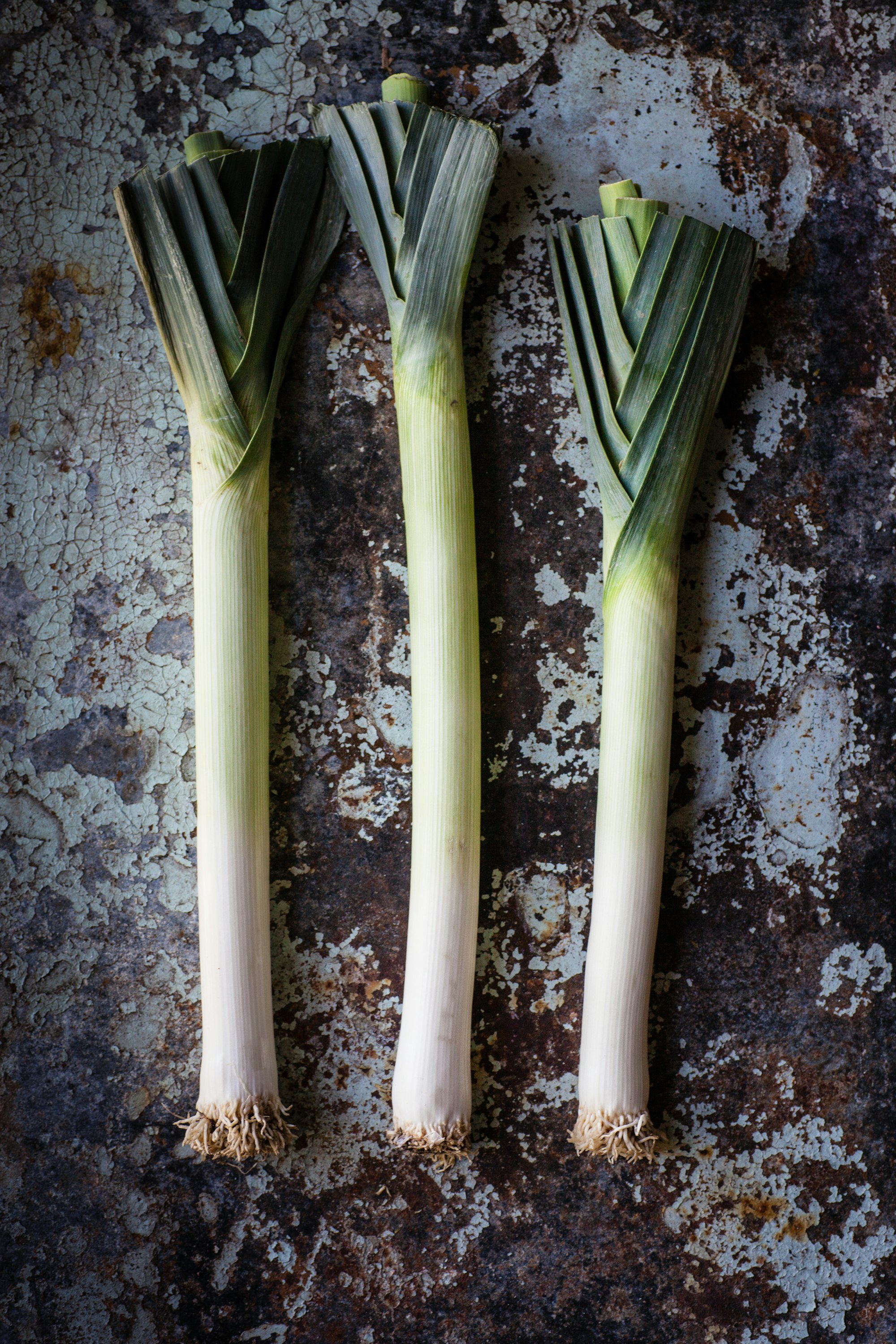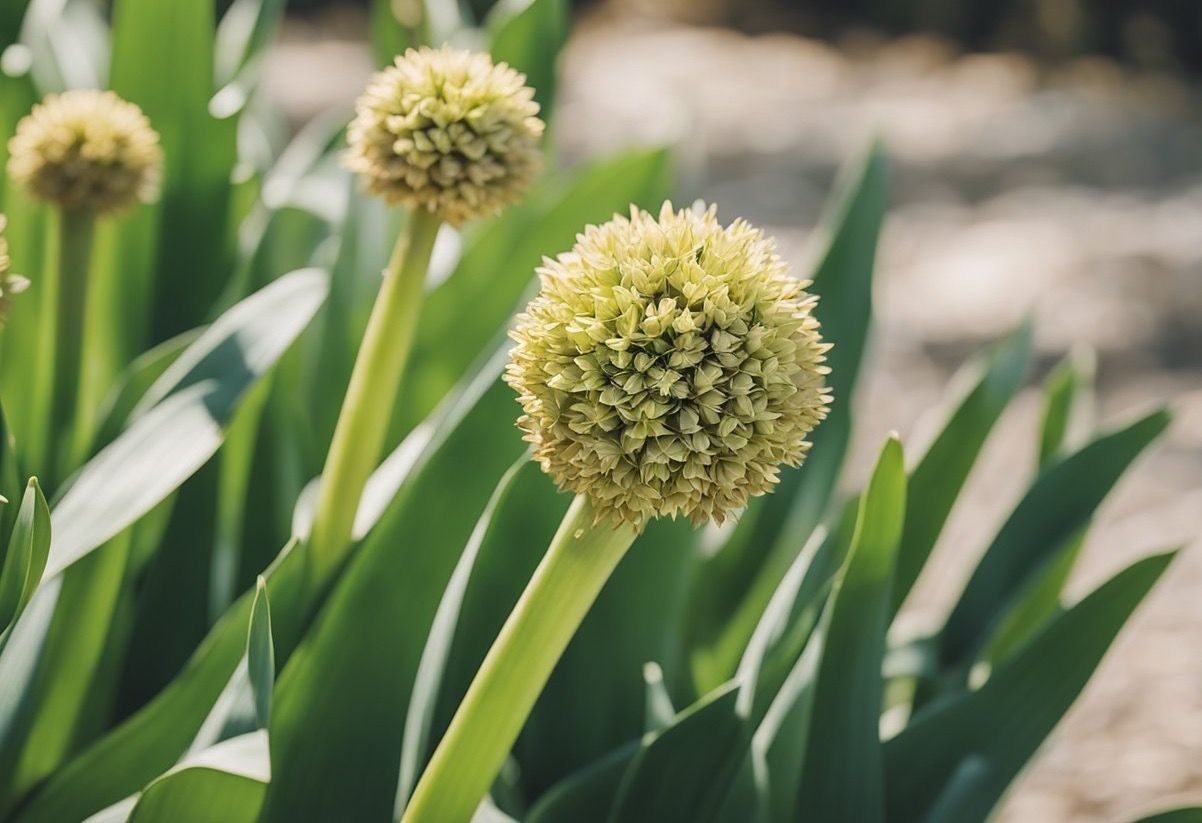How to Grow Leeks
As a part of the Allium family, leeks are closely related to onions, garlic, shallots, and chives; however, they offer a milder, sweeter taste that can enhance many dishes.

Table of Contents
Choosing an ideal location with full sun and fertile, well-drained soil is essential to grow leeks successfully.
Ensuring at least 8 hours of sunlight daily and a pH of 6.0-7.0 is crucial for these plants thrive.
Proper planting techniques, such as spacing the plants appropriately and providing ample water, will contribute to a bountiful harvest.
About Leeks
Leeks are a vegetable belonging to the onion family, Amaryllidaceae, and are scientifically known as Allium ampeloprasum var. porrum.
They have a cylindrical white shaft at the base and produce long, narrow, blue-green leaves, resembling a larger version of green onions.
This cool-season plant thrives in fertile, well-drained soil with a pH between 6.0 and 7.0.
Leeks enjoy full sun, benefiting from at least 8 hours of sunlight daily, making them suitable for your garden as they can grow almost year-round.
Growing Leeks
To start growing leeks in your garden, choose a location with full sun and well-drained soil.
Ensure that the soil is fertile and has a pH of 6.0-7.0, amending it with compost or manure if needed.

Seeds can be sown directly outdoors around your area's last spring frost date, but starting seeds indoors 10 to 12 weeks before the last frost will give your leeks a head start.
When using pots or seed modules, fill them with fine seed compost and sow one seed per pot or module.
Lightly cover them with compost and keep them in a bright spot for germination.
When seedlings are established, and your region's last frost has passed, transplant them to the garden.
Dig a shallow trench about 4 to 5 inches deep and place the young plants inside, spacing them about 6 inches apart.
Cover with a thin layer of soil, ensuring not to bury the entire plant.
As your leeks grow, monitor their water needs since they have shallow root systems and appreciate consistent moisture. If you're growing in containers, ensure they have proper drainage to prevent root rot.
Regular hoeing and weeding will help your leeks grow strong and healthy, while light forking can help break up soil and prevent dry spells from negatively impacting their growth.

Caring for Leeks
Sun and Temperature
Leeks grow best in full sun and thrive in temperatures between 55°F - 75°F.
Ensure your leeks receive adequate sunlight and are planted when daytime temperatures are at least 45°F.
Water and Humidity
Water your leeks regularly to moisten the soil, particularly when watering during dry spells.
However, avoid overwatering to prevent root rot or other water-related issues.
Soil
Leeks prefer well-drained soil with a pH level between 6.0 and 7.0.
Incorporate organic matter such as compost or well-aged manure to improve soil quality and provide essential nutrients.
Fertilizer
Apply a balanced fertilizer to your leeks following the product guidelines. Slow-release fertilizers or bone meal can be an excellent addition to the soil before planting.
Repotting
For raised beds or containers, ensure ample room for root development when transplanting leek seedlings.
Space them about 6 inches apart and use soil with good drainage properties.
Pruning and Propagation
There's no need for pruning leeks, as they will naturally grow and develop leaves.
For propagation, plant seeds or transplant seedlings according to recommended spacing guidelines and ensure proper care throughout their growth cycle.

Troubleshooting Plant Problems
Growing Problems
When planting leeks, choose light, well-drained soil and amend with compost to a depth of 12 inches.
Keep the plants moist and apply mulch around the beds to retain moisture.
Feed your leek plants with compost tea, liquid kelp, or fish emulsion to ensure optimal growth.
Pests and Diseases
Leek rust, a fungal disease caused by Puccinia porri, can cause orange pustules on the leaves during mid-summer to late fall.
To prevent this, ensure proper air circulation and avoid overhead watering.
Allium leaf miners are another common pest, laying eggs on leeks and other alliums, with their maggots tunneling through the leaves.
Rotate crops and grow leeks under insect-proof mesh netting or fleece to combat this issue.
Companion Planting
Companion planting for leeks can help deter pests and improve growth. Planting leeks near carrots can deter both carrot rust flies and onion flies.

Additionally, consider intercropping leeks with beets or lettuce to help with weed suppression and provide beneficial plant diversity.
Avoid planting leeks near peas or beans, as they may stunt each other's growth.
Conclusion
Leeks thrive in full sun and well-drained, fertile soil with a pH of 6.0-7.0.
Start seeds indoors and transplant them when they're about the same width as a pencil. Remember to water them frequently, as they have shallow root systems.
To achieve longer white stems, plant leeks in furrows and gradually fill them in.
Harvest your leeks once they reach the desired size, typically about 1-2 inches in diameter.
Enjoy the unique flavor and versatility of your home-grown leeks in various dishes.
Frequently Asked Questions
What is the ideal planting time for leeks?
Start your leek seeds indoors 8 to 12 weeks before the last expected frost.
Then, transplant your seedlings to your garden in spring, when soil temperatures are around 50°F (10°C).
How deep should leeks be planted?
Plant leek seedlings about 4 to 6 inches apart, with a depth of around 4 to 6 inches. This depth is crucial to encourage the growth of long, white stems.
Can leeks be grown at home?
Yes, leeks can be grown at home in your garden or containers.
Ensure you provide them with proper conditions, such as well-drained soil, sufficient sunlight, and regular watering.
What are the steps for transplanting leek seedlings?
- Harden off your seedlings by gradually exposing them to outdoor conditions a week before transplanting.
- Dig a hole for each seedling, about 4 to 6 inches deep.
- Place the seedling in the hole, carefully covering the roots with soil.
- Gently firm the soil around the plant and water well.
In which zone should leeks be planted?
Leeks can be grown in USDA hardiness zones 3 to 9. They prefer cool, mild weather, making them suitable for growing in various climates.
How long does it take for leeks to mature?
Depending on the variety, leeks typically mature for 100 to 170 days.
Be sure to check the specific guidelines for the type of leek you're growing to know when it's ready for harvest.



